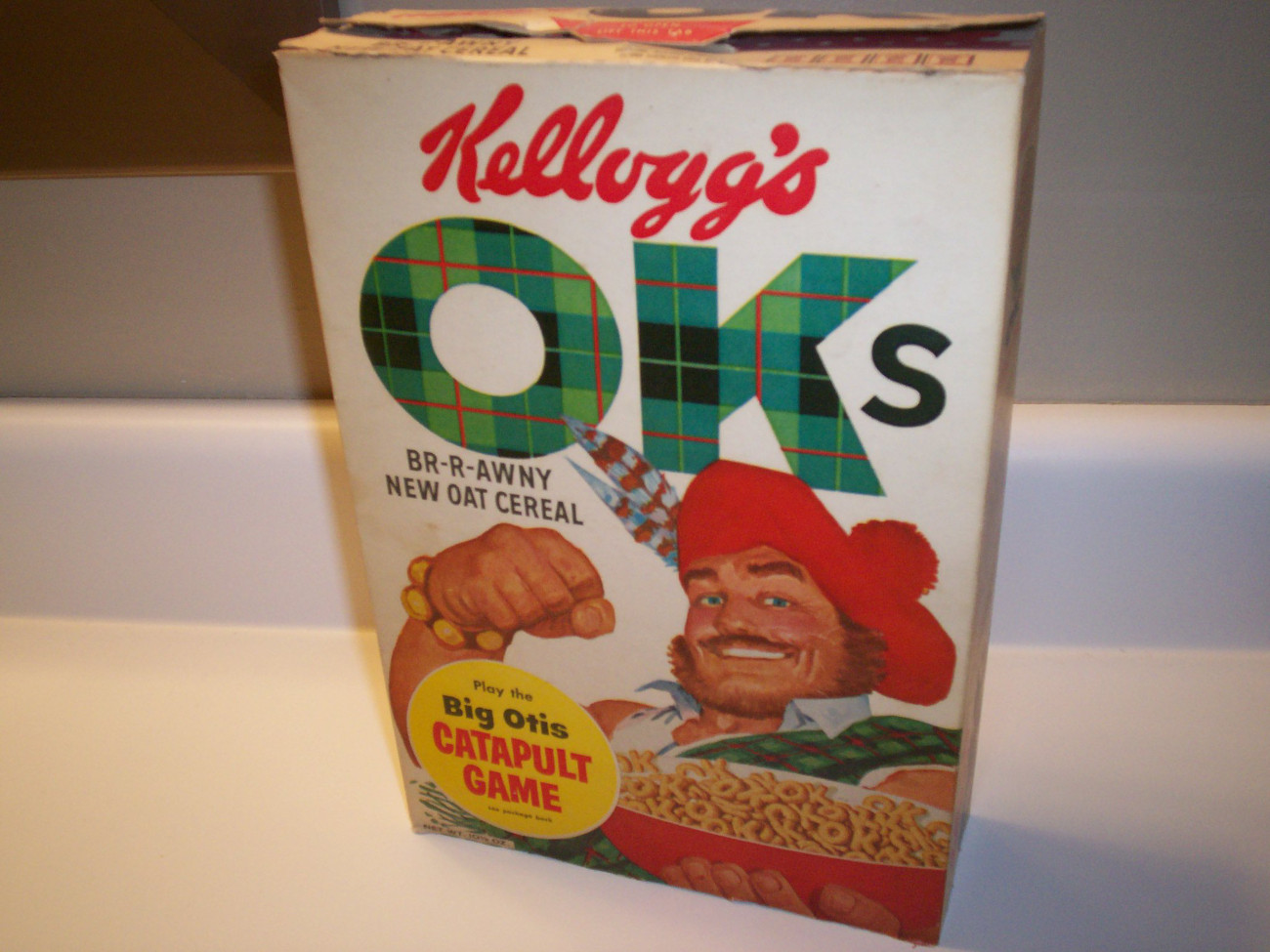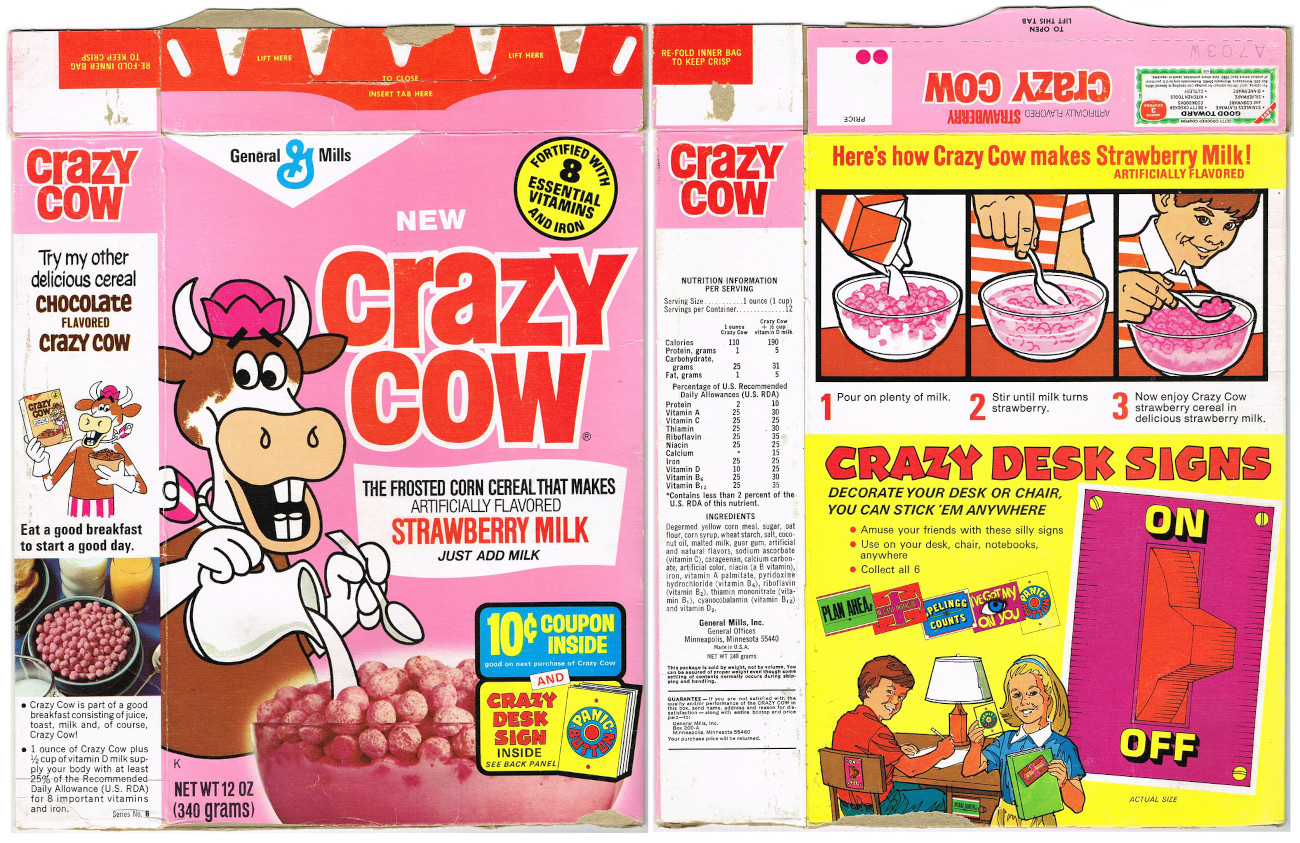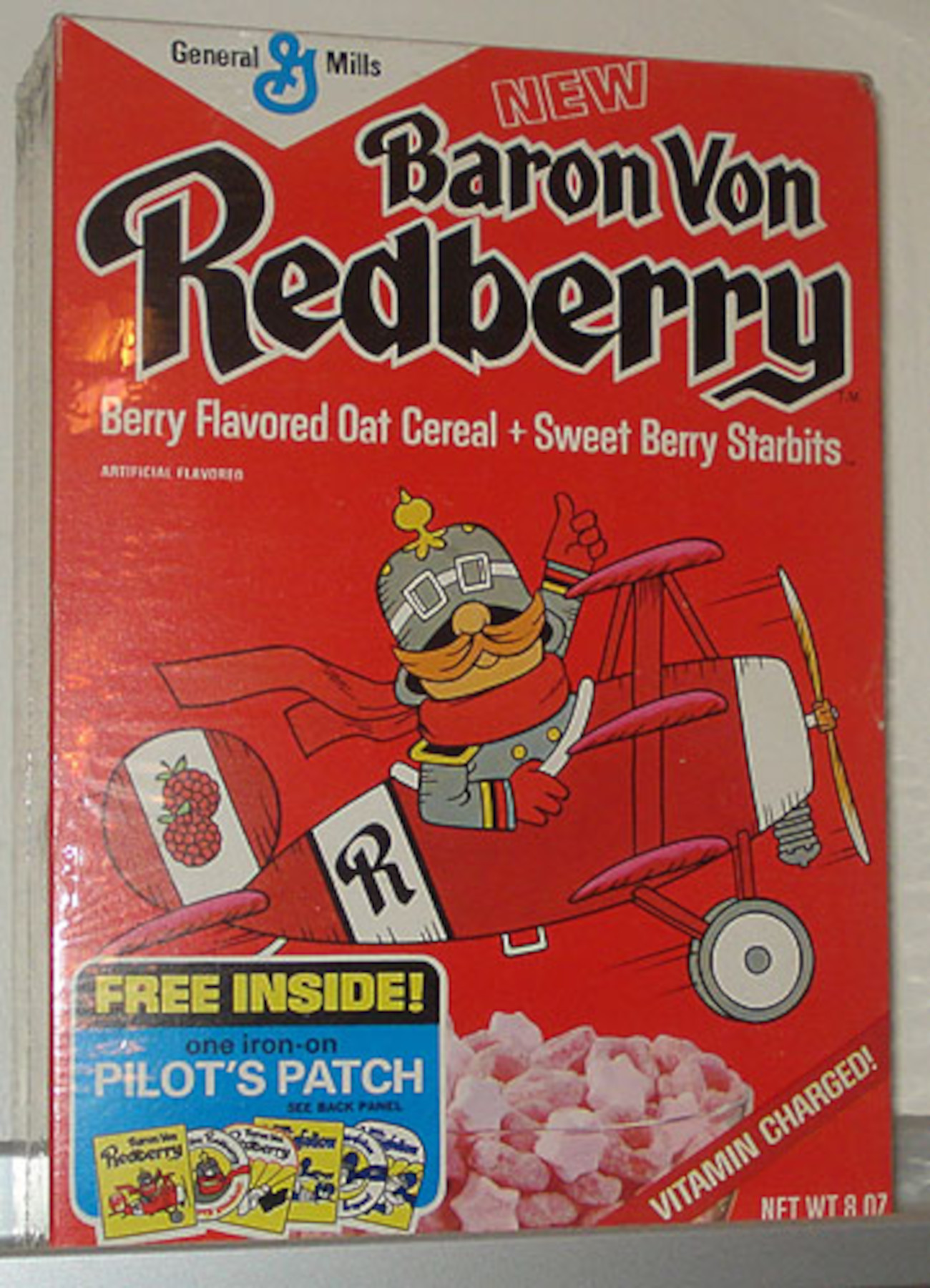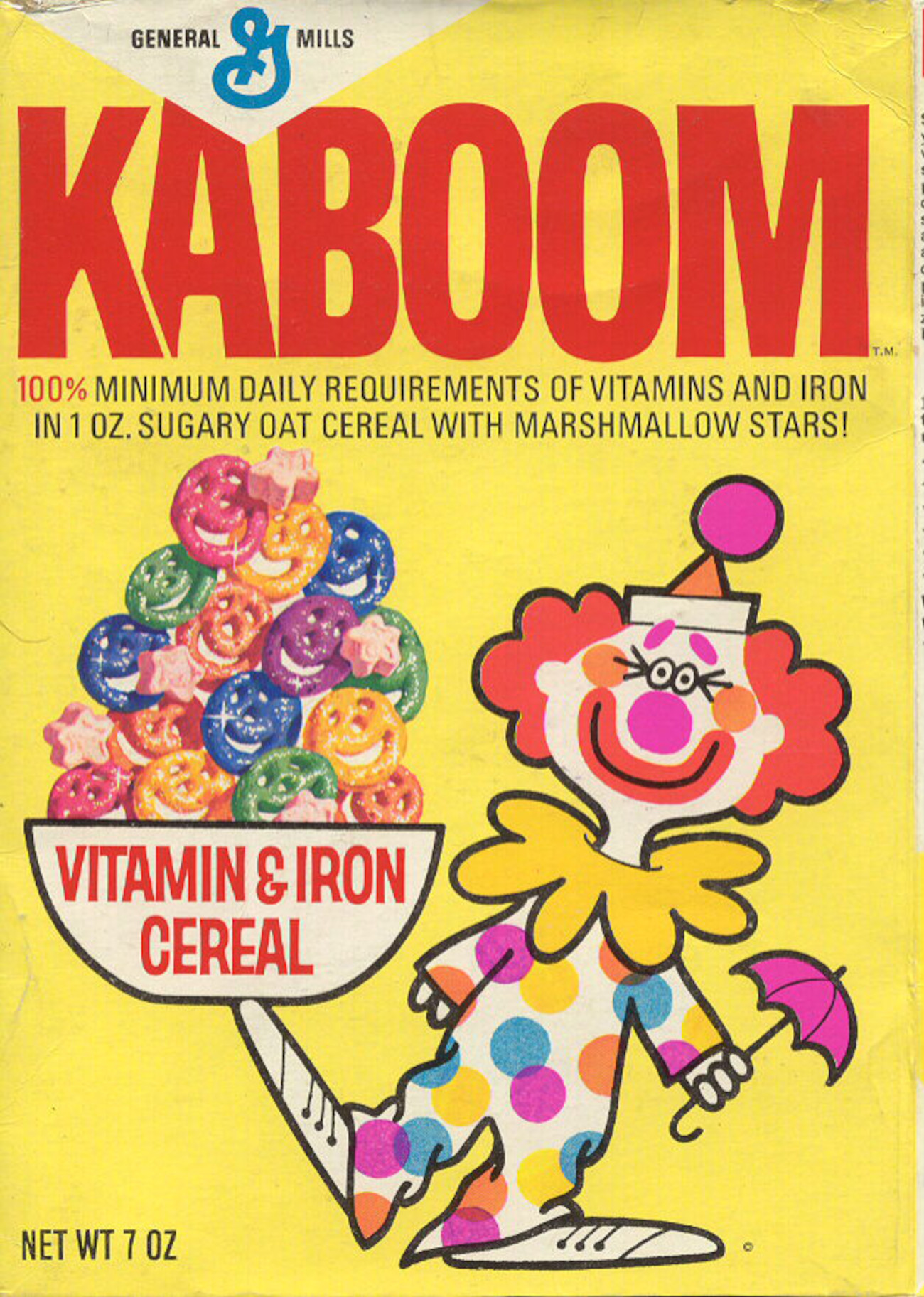Whether mindlessly munched on in front of Saturday morning cartoons, eaten at the kitchen table, and secretly shoveled in as a snack before dinner, cereal holds such a heavy, nostalgic meaning for many adults. If we walked down the cereal aisle nowadays, we may see a few familiar faces, but I’m sure we’d be surprised to see just how many cereals have disappeared. Just what happened to some of our beloved cereal brands?
Knock-Off Cheerios With A Not-So-Bland Mascot

Kellogg’s OK’s “was toasted oaty brown in a flavor only Kellogg’s knows how” was one of the commercial’s selling lines for a rather benign cereal. From the early 50s through the 60s, Kelloggs released a cereal with pieces shaped like the O and K alphabet letters with a similar (bland) flavor that was supposed to take some of the market control General Mills had with the very popular cereal Cheerios. Though Hanna-Barbera’s Yogi Bear was the mascot for the majority of this cereal’s ten-year run, the first mascot was a more intriguing Scottish plaid-clad lad named Big Otis.
One Of The First Milk Changing Cereals

I don’t think we’d see a cereal named Crazy Cow, especially after the discovery of mad cow disease, but it was the 1970s, and the illness wouldn’t be identified properly until the late 80s. Marketing for this General Mills cereal was super successful (despite the weird fact that they used a male voice for a cow which is a female animal) and GM had to send out a notice apologizing for the empty shelves. The malted milk powder that coated the corn puff-like cereal would dissolve in milk and turn cereal into either chocolate or strawberry milk. It ended production by the late 1970s, but its popularity definitely was strong.
The Cereal With Real History And A Short-Lived Rival

Companies had found out that making rival mascots was a marketing hit. Quaker’s Quake and Crisp cereals (1965), and General Mills’ Count Chocula and Franken Berry (1971) were both successful storylines, so GM tried to replicate its former success with the monster cereals and made Baron Von RedBerry and Sir Grapefellow. Baron Von Redberry has a little more history than meets the eye. Baron Manfred von Richtofen was a World War One Prussian-German ace, downing 80 aircraft during his career as a pilot and was famously called the “Red Baron.” GM’s play on words didn’t just play with this pilot’s name but also had another berry-themed counter enemy, a British fellow named Sir Grapefellow. Sir Grapefellow doesn’t correlate with the history of the Red Baron’s actual death (he was either killed by a Canadian air force pilot or an Australian gunman). The fame behind the Red Baron made it easy to market in a fun way to kids, not to mention the color. This cereal was less red, and more of a bright neon-ish pink color and had a sweet berry flavoring coating the oat cereal and sugar bits.
Healthy? But Definitely One Of The Brightest Technicolored Cereals Around

Neither clowns nor colors stopped General Mills when they released Kaboom cereal in 1969. You may think this was just another clown cereal, but it did have a different gimmick, boasting the highest nutritional value of all of the cereals on the market, which is a pretty lofty claim to make. The oat cereal pieces were a bright array of circus-approved colors but the marshmallow pieces were kind of plain. And don’t doubt it, the colors were that bright! It was only in the 90s that the marshmallows were pastel and shaped like animals. By the time it was discontinued in 2010, the oat cereal was replaced with a corn cereal recipe and definitely lost a lot of fans.
The Cereal With The Most Recorded Sugar…and The Scariest Mascots

Most new cereals were a reaction to popular cereals already on the market. To combat popular presweetened cereals like Ranger Joe’s Wheat Honnies (1939) and Post’s Sugar Crisps (1948), Kellogg’s released Sugar Smacks in 1953. This cereal is reported to have the highest sugar content, with almost 55% of it being pure sugar. Their initial mascot was photographed clown, then it became a cartoon-drawn seal. In response to making cereal healthier in the 80s, they changed the name (and of course the mascot) to Honey Smacks. For a while, in the 90s they dropped honey only to bring it back, alongside one of its 70s mascots Dig’em the frog, which still appears on the boxes today. Even though this cereal isn’t technically discontinued its recipe, branding, and mascot are so overhauled (multiple times), that it might as well be a different cereal.
Do you remember which cereal you ate as a child?













